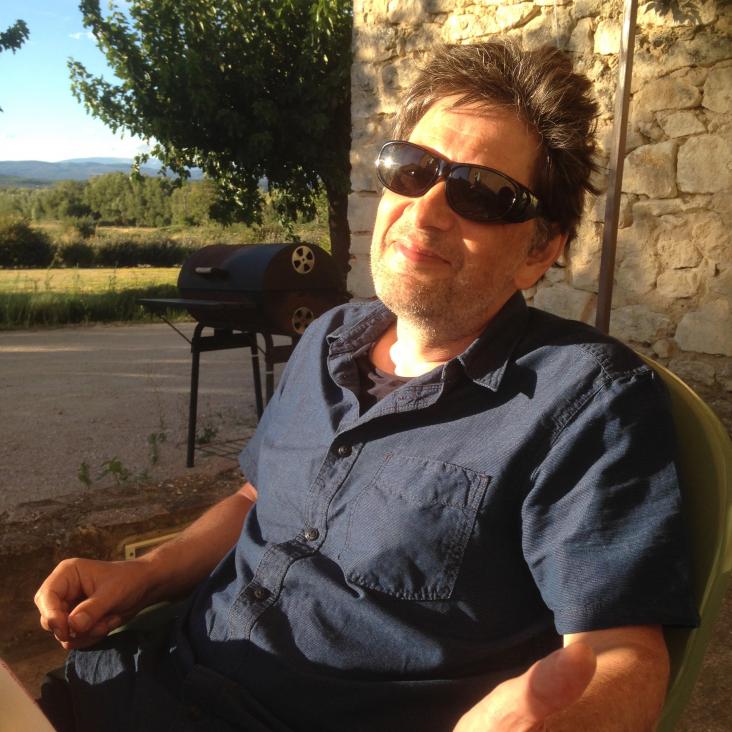Formulae for line bundle cohomology on Calabi‐Yau threefolds
Fortschritte der Physik / Progress of Physics Wiley 67:12 (2019) 1900084
Abstract:
We present closed form expressions for the ranks of all cohomology groups of holomorphic line bundles on several Calabi‐Yau threefolds realised as complete intersections in products of projective spaces. The formulae have been obtained by systematising and extrapolating concrete calculations and they have been checked computationally. Although the intermediate calculations often involve laborious computations of ranks of Leray maps in the Koszul spectral sequence, the final results for cohomology follow a simple pattern. The space of line bundles can be divided into several different regions, and in each such region the ranks of all cohomology groups can be expressed as polynomials in the line bundle integers of degree at most three. The number of regions increases and case distinctions become more complicated for manifolds with a larger Picard number. We also find explicit cohomology formulae for several non‐simply connected Calabi‐Yau threefolds realised as quotients by freely acting discrete symmetries. More cases may be systematically handled by machine learning algorithms.Index Formulae for Line Bundle Cohomology on Complex Surfaces
(2019)


